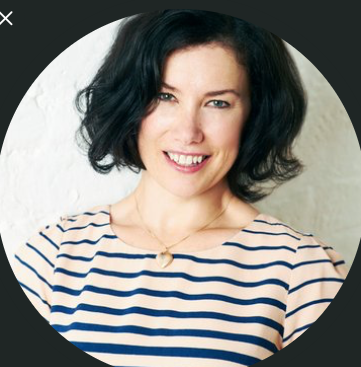"What does being Mixed-Race mean?" writes podcasters Nicole and Emma
Nicole Ocran and Emma Slade Edmondson explain why they were compelled to create a safe space where people discuss race and identity through the lens of Mixed-Race experiences
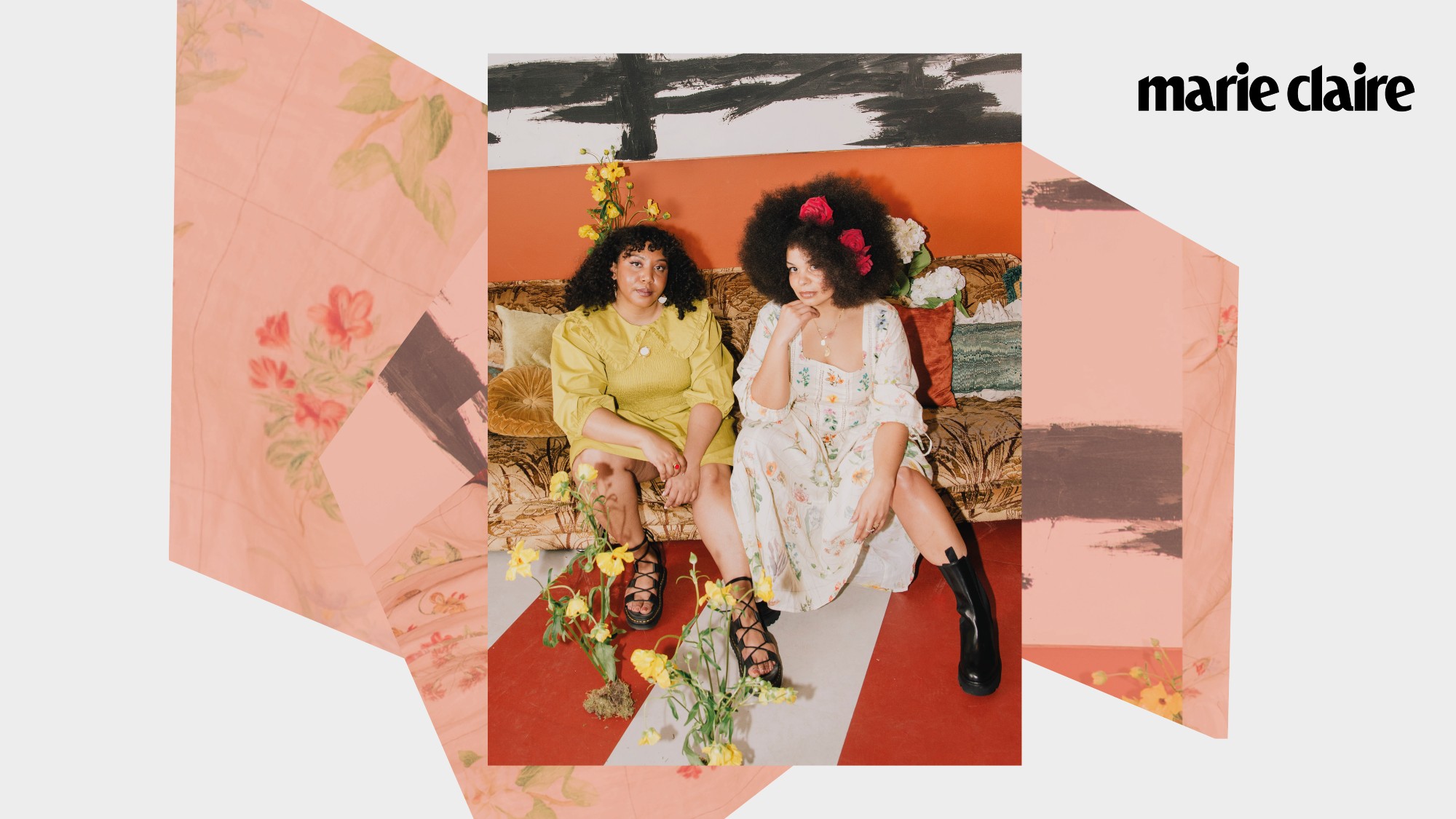
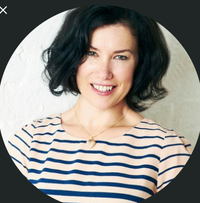
Nicole Ocran and Emma Slade Edmondson explain why they were compelled to create a safe space where people discuss race and identity through the lens of Mixed-Race experiences
2020 was a year of extremes. The summer was characterised by an oppressive heat wave of grief and fury. There was a call to arms, a rising of the people, and a sticky awkward feeling of distrust in the air. The murder of George Floyd had gashed a wound across our collective hearts - a visceral reminder of many much older, much deeper wounds and grievances. During this time Mixed-Race people seemed to be increasingly sharing stories of stress and displacement that had sprung from an uncertainty around where their voice fit in relation to the Black Lives Matter movement.
We sensed those of Mixed-Race heritage were looking for an open dialogue, and a safe space to discuss their heritage, their multi-dimensional families and their lived experiences without judgment. This was the landscape within which we launched our podcast ‘Mixed Up’ - discussions on race and identity through the lens of the Mixed-Race Experience. It took the forced stillness of a pandemic (and in part, the loss of paid work that came with it) to allow us the space and time to devote to giving life to this much needed conversation.
Mixed Up podcast: 'giving life to a much-needed conversation'
Straddling two worlds and multiple identities
We wanted a thoughtful discussion on the challenges facing people who hold dual heritage as the world becomes increasingly divided over race. The implications for mental health, sense of self, nurturing communities, and the way we approach interracial relationships and raising our children are huge.
We quickly realised this was not just a call to arms for Mixed people to come together and discuss these important topics. But, in traversing the backgrounds and experiences of the plethora of ‘peoples’ that sit within the vast spectrum of what it means to be ‘Mixed-Race’ - there is something for everyone and anyone hoping to get a richer and more compassionate understanding of race and identity.
Same-same but different
At the time of launching we hadn't known each other long, but our connection sparked quickly and was cemented through a shared understanding of our lived experience of being Mixed-Race. On the face of it, some might consider our backgrounds to be polar opposites. After all, we hail from opposite sides of the world - Nicole is from the suburban Virginia, USA and is of Ghanaian, Filipino heritage, and Emma is from London and of Jamaican, English descent.
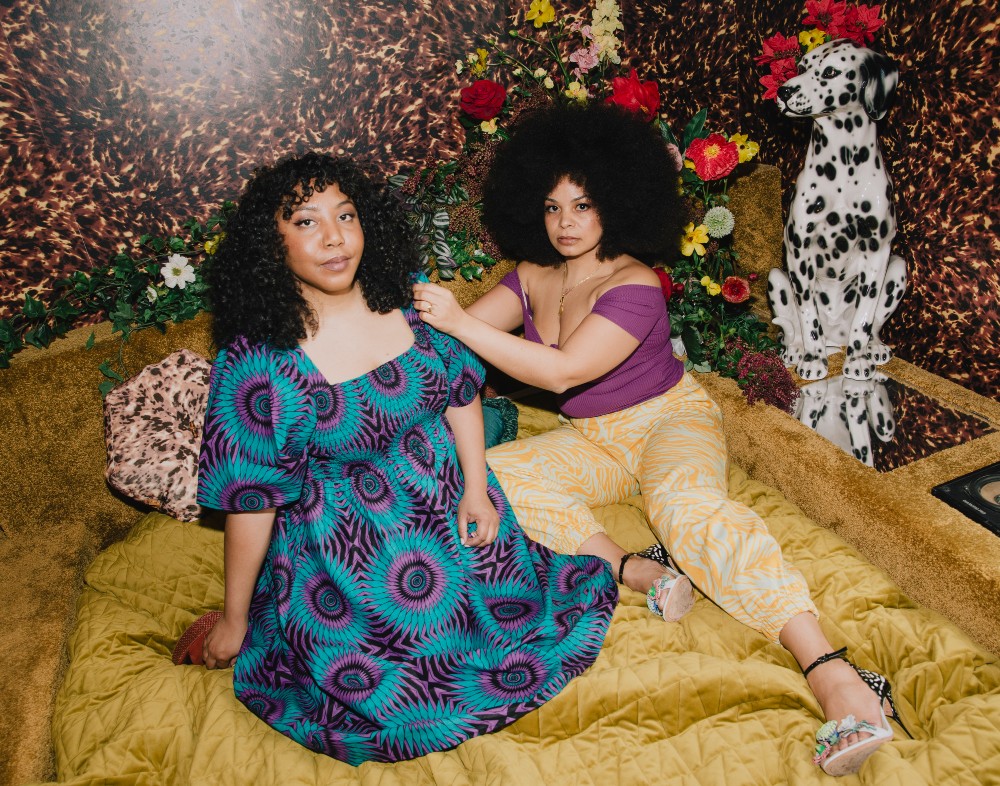
Emma’s heritage: “I grew up in a white family. My mum was white, my dad is white, my brothers are white with blonde hair and blue eyes. My mum was conscious of this and made a point to teach me about my blackness, about the history of black people and about what it might mean for me and my interactions with the world from when I was small. I got a sense very early on that there was an overprotectiveness towards me that was about more than the scrapes and tumbles you worry your kid will get into.”
Celebrity news, beauty, fashion advice, and fascinating features, delivered straight to your inbox!
Nicole’s heritage: “A lot of my childhood was spent with the Filipino side of my family (as opposed to my extended Ghanaian family). When you are a child, you don’t often have the language to explain yourself and I think that is especially true of ‘Mixed’ children. Coupled with the fact that there is no one way to be ‘Mixed’, there really isn’t a specific language or the vocabulary to talk about our identities.”
There is a sweet comfort in the knowing nod to shared understanding - be that across a dinner table amongst many whom you have come to realise won’t relate, or across an ocean of thousands of miles. So often when people make assumptions about who we are or who we should be, there can be challenges when it comes to asserting ourselves, especially for something as serious and as intimate as race and identity. What we’ve realised is that the struggle has never been with us - it’s always been other people trying to foist their ideas of who we should be.
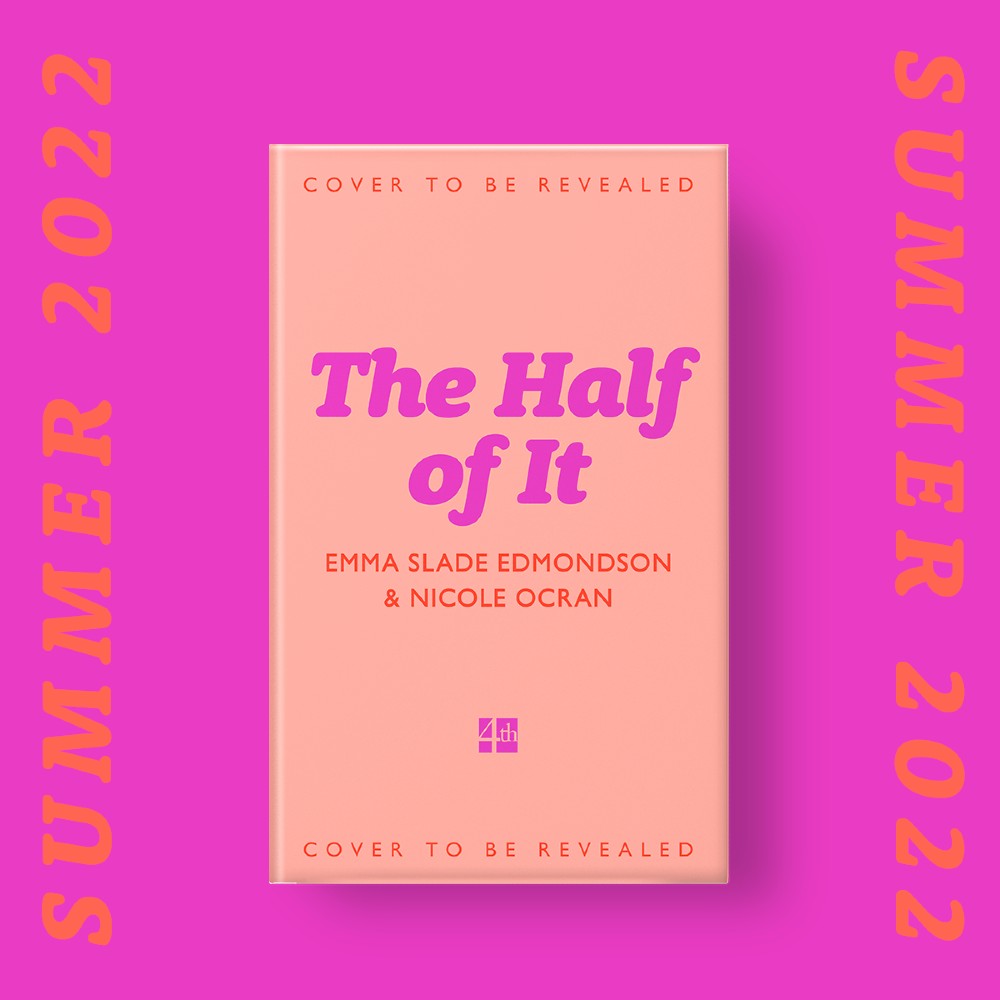
Common misconceptions
There is a common misconception, that the label ‘Mixed-Race’ indicates you have mixed parentage - specifically one black and one white. This idea most likely originates from the large population of UK people recorded to be ‘Mixed’ of Black Caribbean and white heritage. It’s just one of the myths we’re seeking to dispel.
‘I identify as Mixed because obviously that's just what I am - I think it's useless as a sole identifier…I like to specify that I’m Black and I’m Asian…when people are like - ‘you’re not Black - you’re Mixed’, I’m like ‘no - consider this girls, I’m Black and I’m Mixed…’ Asia Jackson (actress/activist) on Mixed Up
In the UK, ‘Mixed’ as a ‘ethnic category’ only came into play for the Office of National Statistic’s 1991 census and only in the 2001 census were people specifically asked about Mixed-Race identity. Given that it has only been relatively recently that the ONS began acknowledging ‘Mixed-Race' as a racial category and ‘the Mixed-Race identity’ as a set of unique experiences that should be documented, it’s no surprise we’re only just beginning to seek out these conversations. This really speaks to the lack of information and knowledge that is out in the public domain and what’s widely understood regarding the identities of those who identify as mixed race.
Finding joy in community
Creating a space for conversations and finding community in Mixed-Race identity in its many forms has brought us so much light and joy. Over the past year we have received countless messages across a broad spectrum of backgrounds and ages - whether they are Mixed themselves, Mixed and adopted or perhaps white parents to a Mixed child. We have spoken to people who don’t present visually as the race and heritage they are born of; we have spoken to Black fathers of Mixed children, and to women about their experiences of inter-racial dating and relationships. The resounding feedback has been relief at sharing stories, and requests for more dialogue and openness.
Understanding is the bedrock of compassion and community building. Bringing people together, giving them a voice and sharing meaningful conversations moves us forward when it comes to our everyday interaction with people of different heritage to our own. As one of our guests, the British-Nigerian actor and producer David Oyelowo, told us: “We have more in common than we don’t have in common... we are more alike than we are different.”
* Mixed Up podcast releases episodes weekly and is available on all major platforms, such as Apple, Spotify and Acast
* Emma and Nicole’s book, The Half Of It, is on sale June 9, 2022 and available for pre-order
Maria Coole is a contributing editor on Marie Claire.
Hello Marie Claire readers – you have reached your daily destination. I really hope you’re enjoying our reads and I'm very interested to know what you shared, liked and didn’t like (gah, it happens) by emailing me at: [email protected]
But if you fancy finding out who you’re venting to then let me tell you I’m the one on the team that remembers the Spice Girls the first time round. I confidently predicted they’d be a one-hit wonder in the pages of Bliss magazine where I was deputy editor through the second half of the 90s. Having soundly killed any career ambitions in music journalism I’ve managed to keep myself in glow-boosting moisturisers and theatre tickets with a centuries-spanning career in journalism.
Yes, predating t’internet, when 'I’ll fax you' was grunted down a phone with a cord attached to it; when Glastonbury was still accessible by casually going under or over a flimsy fence; when gatecrashing a Foo Fighters aftershow party was easy-peasy-lemon-squeezy and tapping Dave Grohl on the shoulder was... oh sorry I like to ramble.
Originally born and bred in that there Welsh seaside town kindly given a new lease of life by Gavin & Stacey, I started out as a junior writer for the Girl Guides and eventually earned enough Brownie points to move on and have a blast as deputy editor of Bliss, New Woman and editor of People newspaper magazine. I was on the launch team of Look in 2007 - where I stuck around as deputy editor and acting editor for almost ten years - shaping a magazine and website at the forefront of body positivity, mental wellbeing and empowering features. More recently, I’ve been Closer executive editor, assistant editor at the Financial Times’s How To Spend It (yes thanks, no probs with that life skill) and now I’m making my inner fangirl’s dream come true by working on this agenda-setting brand, the one that inspired me to become a journalist when Marie Claire launched back in 1988.
I’m a theatre addict, lover of Marvel franchises, most hard cheeses, all types of trees, half-price Itsu, cats, Dr Who, cherry tomatoes, Curly-Wurly, cats, blueberries, cats, boiled eggs, cats, maxi dresses, cats, Adidas shelltops, cats and their kittens. I’ve never knowingly operated any household white goods and once served Ripples as a main course. And finally, always remember what the late great Nora Ephron said, ‘Everything is copy.’
